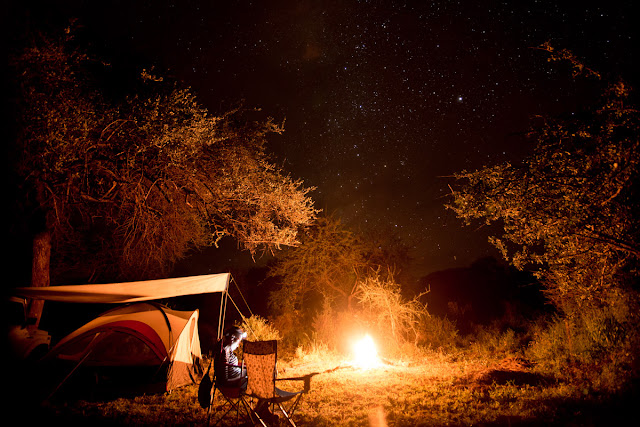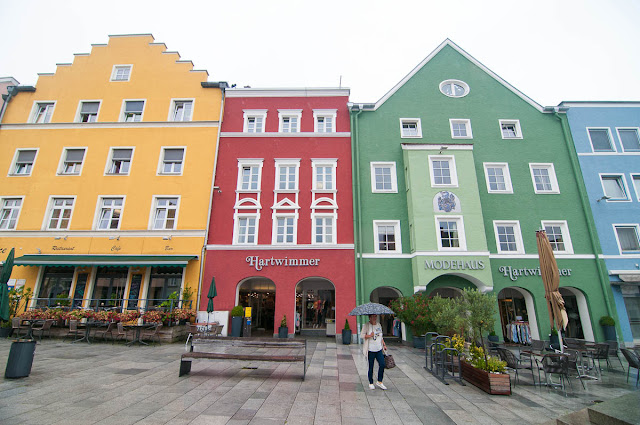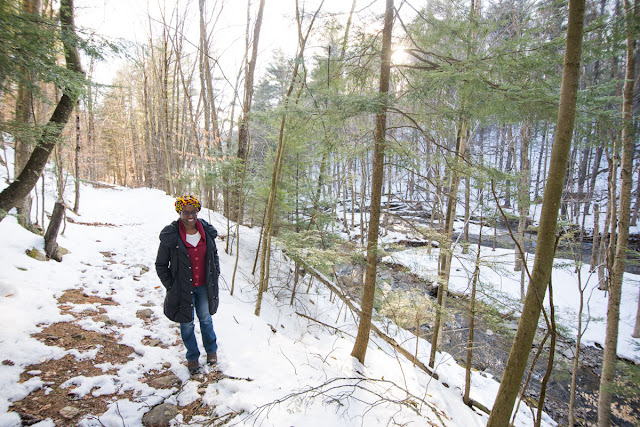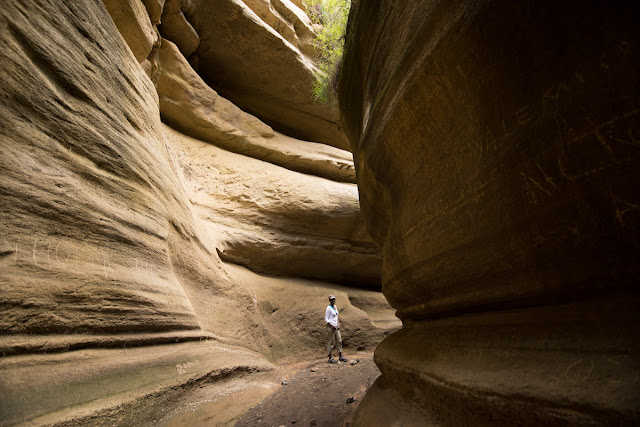kenya: karura - the secret forest within nairobi
in spite of its reputation as a dusty, dry and tree-challenged place, nairobi actually has several forests within the city boundaries. the largest of these is karura forest. it is 1,000 hectares (who would have thought they could find that much forest in nairobi!) of mostly untouched beauty where you can wander around and completely forget that you are right in the center of the city. one source claims that it is the largest indigenous forest within a major city in the world - i cannot verify the claim, but no other one springs easily to mind.
just a warning - the pictures in this particular blog were taken from 2 different trips to the forest, so if you experience any temporal discontinuity (like sandi dressed differently, or the same waterfall with vastly different quantities of water,) don't panic and worry about your favorite blogger (hopefully) having lost his mind.
the peaceful and quiet surroundings belie the history of the forest. its exciting past involves guerrilla warfare, political fracas, corruption, murder, crime and a nobel peace prize winner.
the forest was originally gazetted in 1932. it was a gift from the karuga family, of whom i can find no further information apart from their gift. they specifically stipulated that it should be kept as a forest, and that ownership would revert to the family if it wasn't. whoever they were, they were conservation minded before it was even a thing.
there are several caves which were reputedly used by maumau fighters from 1952 - 1960 during the maumau uprising against the british colonial powers. there is one to the left of the huge tree in the picture above, but i was too wimpy to go in.
during the 1980s the forest was highly dangerous and 2-3 bodies were being discovered every week and anyone going in was almost guaranteed to be relieved of their belongings.
then during the 1990s, a new threat to the forest emerged - corruption. almost half of the forest was allotted to private developers under suspicious circumstances: it was assigned to 62 companies that were mysteriously missing from the registrar of companies, and thus no one was able to determine who they belonged to.
it was during this time that a local environmentalist, wangari maathai protested vocally about the allocation of the forest. in one of her protests, hired guards beat her and fellow protestors, and this incident led to enough public and international outcry that the land allotted was never developed.
wangari maathai was eventually awarded the nobel peace prize for her environmental efforts, and in part for standing up against an entire government to protect public green areas. she further worked tireless to turn the forest into what it is today.
today, karura forest is well worth a visit. there are lots of beautiful walking trails, 3 different rivers, a marshland area, a bamboo forest, stands of eucalyptus as well as a large variety of indigenous varieties. its also safe: last year there were 600,000 visitors to the forest.












